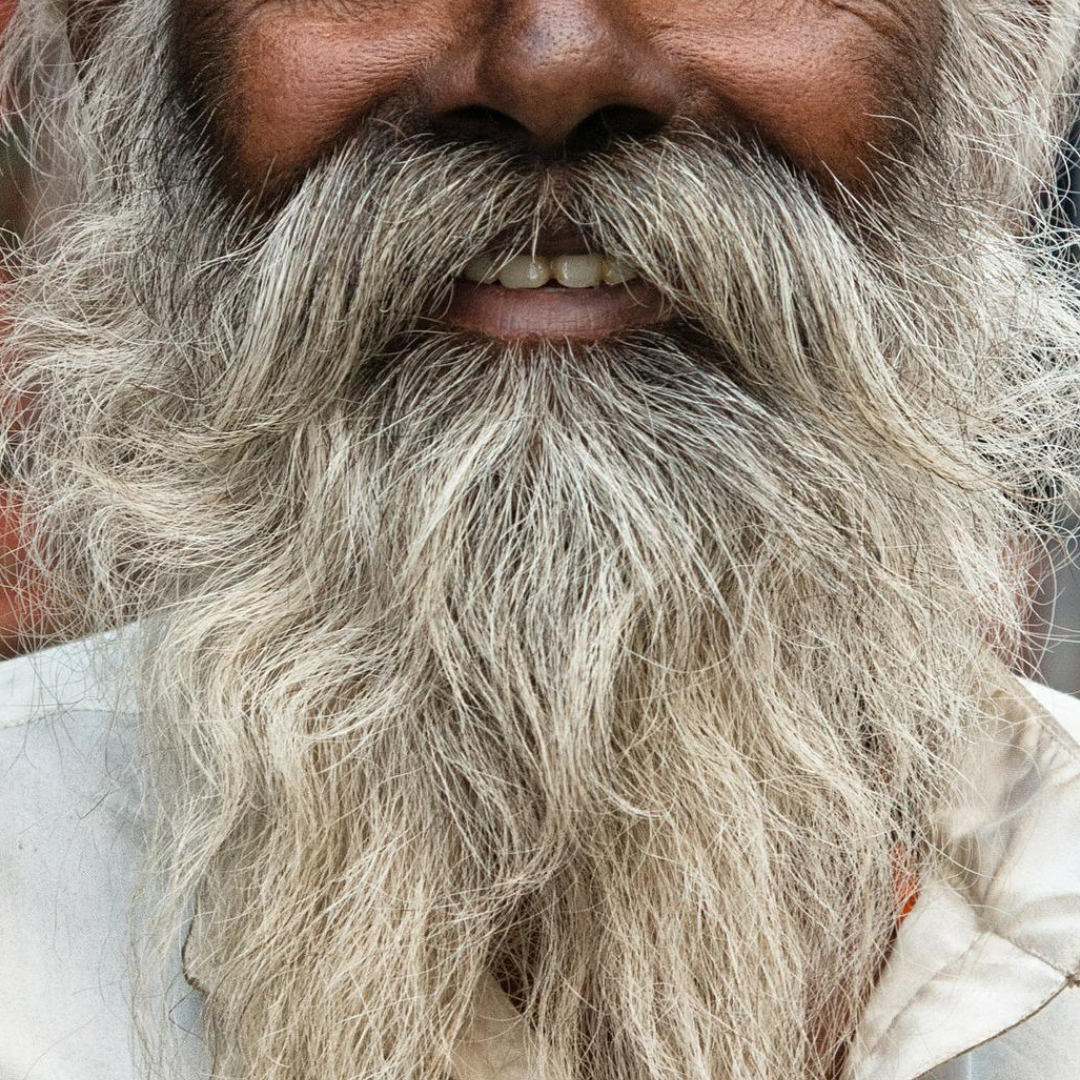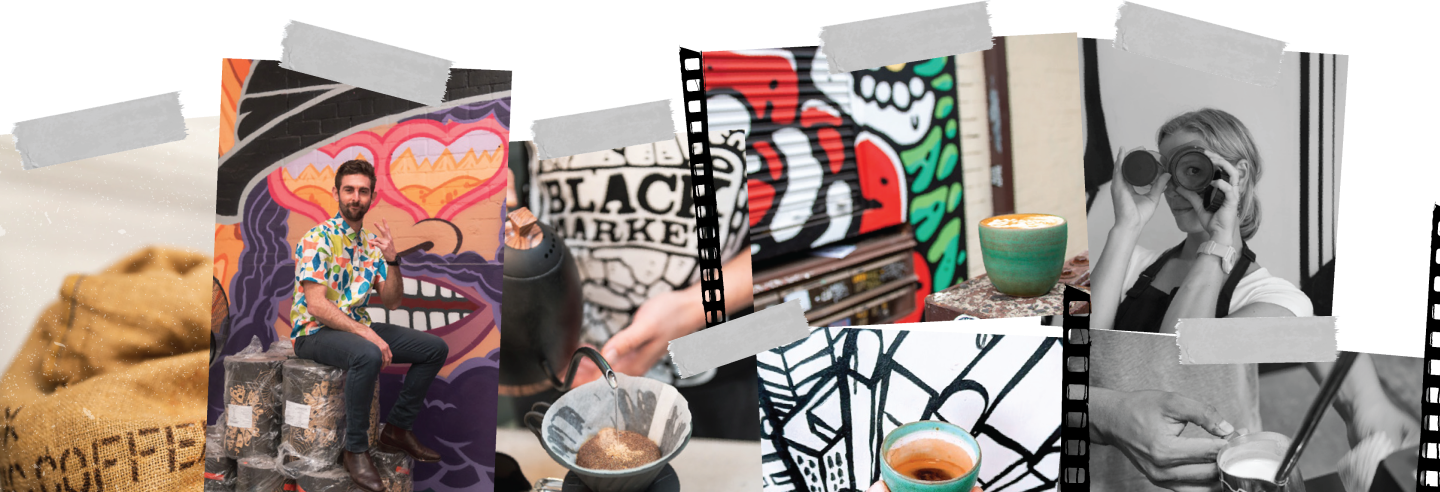
THE TALE OF BABA BUDAN
To know if a legend, myth or commonly held belief is legitimate and teetering on the precipice of truth, the very first question to ask is: does it centre around a man with a white beard? If not, then much more rigorous research is required to ascertain the validity of the belief. However if the answer is yes – then you know beyond a doubt you are dealing with a myth of real substance.
The tale of Baba Budan is one such story. Any uncertainty you may have around the facts of the events are completely unfounded because Baba Budan has a white beard.
The story of Baba Budan and the Seven Dwarves Seeds begins in the 17th century, around the time when Shakespeare was asking existential questions, and the Dutch East India Company was answering and enforcing them on behalf of the known world.
He was an Indian Sufi Muslim cleric, a man of means, and one year undertook Hajj, the pilgrimage to Mecca as one of the religious pillars. As our man had some wealth (the amount can be decided in your retelling of the tale – did he have chests of sapphires and rubies? A caravan of gold bars? Up to you), after the pilgrimage he returns via Mocha, a coastal port of Yemen, and here is where he meets his true source of wealth, liquid gold – qahwa (coffee).
Coffee saturated the market and throats of many a tired and worn out pilgrim, helping them in their demanding journey and constant calls to prayer, but also invigorating their taste buds, warmed their stomachs and made for livelier conversation. Baba Budan soon becomes a qahwa aficionado, and growing up near the Chandragiri Hills of India (and having a white beard) gave him the dream and agricultural knowledge to bring the magical elixir back and grow the crop in his homeland.
But every protagonist must have an antagonist, and in this case it is the Yemeni border control. The Yemenis were overly protective of their product, and like a helicopter parent never let it get out of their sight (remember in this story they are the obstacle to be overcome, hence why they’re being painted with a disagreeable brush). In all their coffee exports they would only send our roasted beans, no green was to leave lest anyone plant a crop and threaten their monopoly.
But the clever sufi with the big dreams, threw caution, the law and a few sufi principles to the wind and chose seven coffee seeds (as seven is a holy number in islam, it thereby trumps the sufi maxim of no stealing), and hid them in his thick, lustrous white beard. It is also claimed that he strapped them to his chest and used his beard as camouflage.
Either way (though the former theory is more better), he had the holy number seven and his white beard on his side, and successfully smuggled the seeds out of Yemen and into India. Just as he predicted, the hills of the Chandragiri were terrific terroir for growing coffee, and it soon spread throughout the nation, bringing Baba Budan much honour among the new coffee connoisseurs. Chandragiri was consequently renamed to Bababudangiri, complete with cave shrine, and still exists to this day.
At this time the Dutch East India Company were in full swing, importing, exporting, usurping and colonising wherever they went. And so more men with white beards (one can only assume) fell in love with coffee, saw an opportunity to trade along their ready made pilaging routes, and so coffee spread to Indonesia, Jamaica and beyond, flourishing in its lush mountain climate, and giving us the vibrant, delicious java juice we love today. That and gripping tale of a hero’s journey, complete with pirates, skullduggery, and coffee treasure.
REFERENCES
https://bearessentialscoffee.co.uk/2020/05/29/coffee-tales-part-2-baba-budan-and-the-seven-seeds/
https://www.coffees.gr/baba-budan-story/?sl=en&s_layout=13
Be The first to know about new digs.

